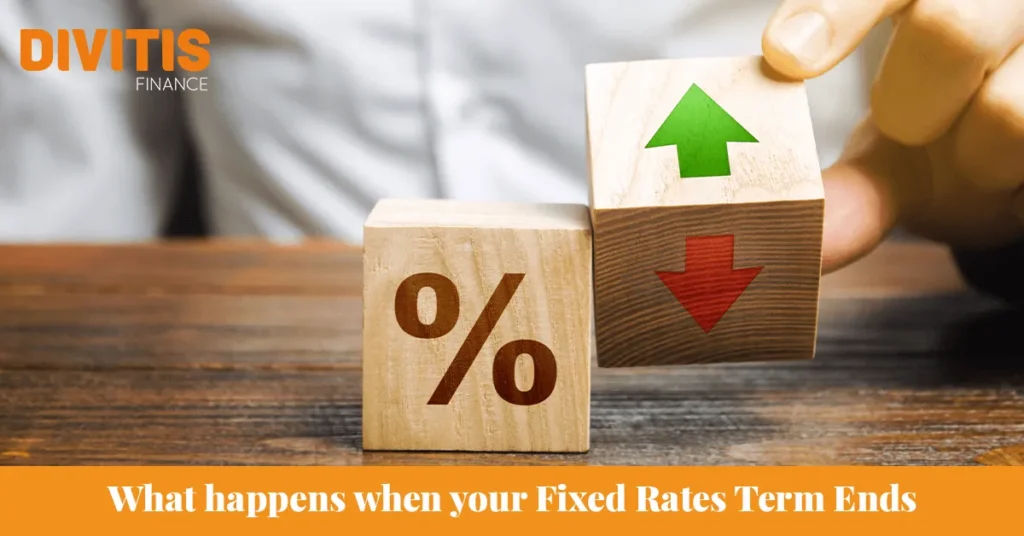Fixed-rates terms last for a set prearranged period between you and your lender. Fixed-rate periods last between 1 and 5 years. When your fixed rate term ends, your loan will usually revert automatically to the standard variable interest rate unless you have provided instructions to refix your loan.
As the end of your fixed rate term approaches, it’s important to plan and talk to your mortgage broker about what your new, or roll-off, interest rate and repayments might be and what your options are.
Refix with your current lender
A lot of clients that come off fixed rates often will like to consider refixing their mortgage again. It would be strongly encouraged to seek independent advice (not necessarily from your bank directly) about the forecast of the future fixed rate market movement. Clients who fail to understand future market conditions may get caught out where a good fixed rate today may not look good in 12 months.
Repricing with your current lender
Lenders may not apply the lowest interest rate they offer when a loan reverts to a variable rate. But, you can ask for a reprice to a more competitive rate. If you do find a more competitive rate with a different lender, you could also ask your current lender if they can match it.
Refinancing to a different lender
Once your fixed rate term ends, you may be able to refinance to a different lender. While the interest rate is a key factor when choosing a loan product, it’s important to know the ‘true cost of switching’.
You may see tempting cashback offers from lenders, or lower rates advertised, but there are a myriad of fees involved in setting up a new loan that you will need to consider.
If your loan-to-value ratio (LVR) is above a certain limit – usually 80% LVR – you may be required to pay Lenders Mortgage Insurance if you refinance. At Divitis Finance, we can help you understand what it will cost you to change lenders, and how much you could save.
The Fixed Rate Mortgage Cliff: What You Need to Know
Currently, we are experiencing a situation where many homeowners who took out fixed-rate mortgages during the historically low-interest rate period are reaching the end of their fixed terms. When this happens, their interest rates can increase significantly, causing their monthly mortgage payments to rise. This is where the “cliff” comes into play – it’s the moment when homeowners may face a potentially steep increase in their housing costs.
The Cliff “Hype Train” that was forecasted at the beginning of 2023 has so far played out to be nothing more than a myth. This was an assumption that the Australian Property Market would steeply decline in 2023 due to borrowers selling off property in mass, due to the “fixed rate cliff’. This, of course, has not come into effect as yet, currently, borrowers are finding a way.
To navigate the fixed-rate mortgage cliff, homeowners should be prepared. They can either refinance into a new fixed-rate mortgage, switch to an adjustable-rate mortgage, or sell their home if the new rates become unaffordable. It is crucial to keep an eye on market trends and consult with financial experts like Divitis Finance to make the best decision for your specific situation. Reach out to us!







